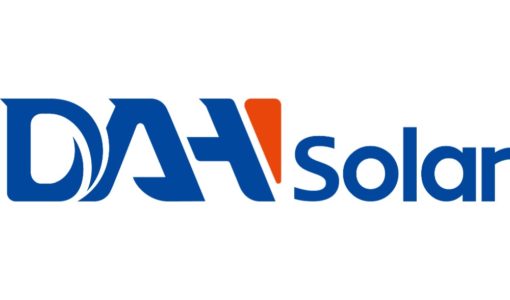- The South Delhi Municipal Corporation (SDMC) has signed a MoU with the Solar Energy Corporation of India
- It will install 20 MW out of which 10 MW will be installed on rooftops of its 440 buildings in the city of Delhi; the remaining 10 MW will come up on vacant land
- SDMC wants to save close to $9 million a year on power bills and will sell excess power to discoms
The South Delhi Municipal Corporation (SDMC) will generate 20 MW of solar power through rooftop solar. In a memorandum of understanding (MoU) that it has signed with the Solar Energy Corporation of India (SECI), it will generate 10 MW on the rooftops of 440 buildings and 20 MW on space vacant land.
The MoU will be effective for a period of two years.
The Municipal Corporation of Delhi, the second largest civic body in India, was recently trifurcated into three zones, east, north and south. The SDMC is in charge of serving a population of 56 million citizens in South Delhi.
A report on the news portal Mail Today quoted the Mayor of SDMC, Shyam Sharma, who said that his corporation is expecting to save 60 million INR ($8.88 million) with this initiative. According to the report, about 25% of the project cost will be available to the civic bodies. SDMC will also sell the excess solar power to distribution companies (discoms).
Recently the government has increased the budget for rooftop solar PV to 50 billion INR ($750 million) to support installations of 4,200 MW solar rooftop. The World Bank will also provide $625 million to support India’s rooftop solar PV program and install at least 400 MW.
Big announcements on the solar power front in India have been dominated by utility scale solar power plants, while rooftop solar is still in its infancy in the country. But India’s ambitions for solar rooftops are high. The government wants to install 40 GW of solar power through rooftop solar. The Solar Rooftop Policy Coalition, however, believes it will only achieve 13.5 GW, while clean energy consultancy Bridge to India thinks it will be only 6.8 GW by 2020.











